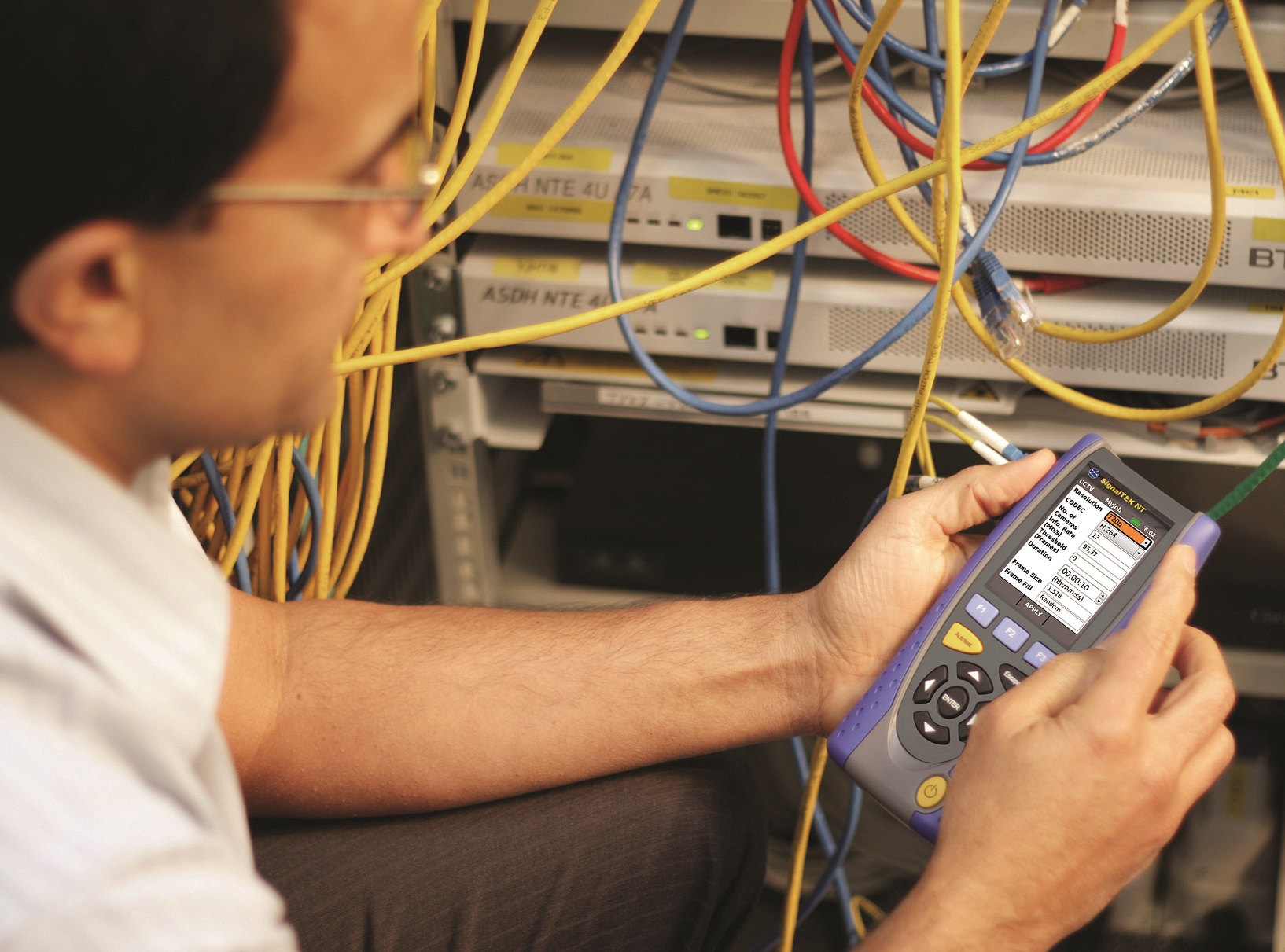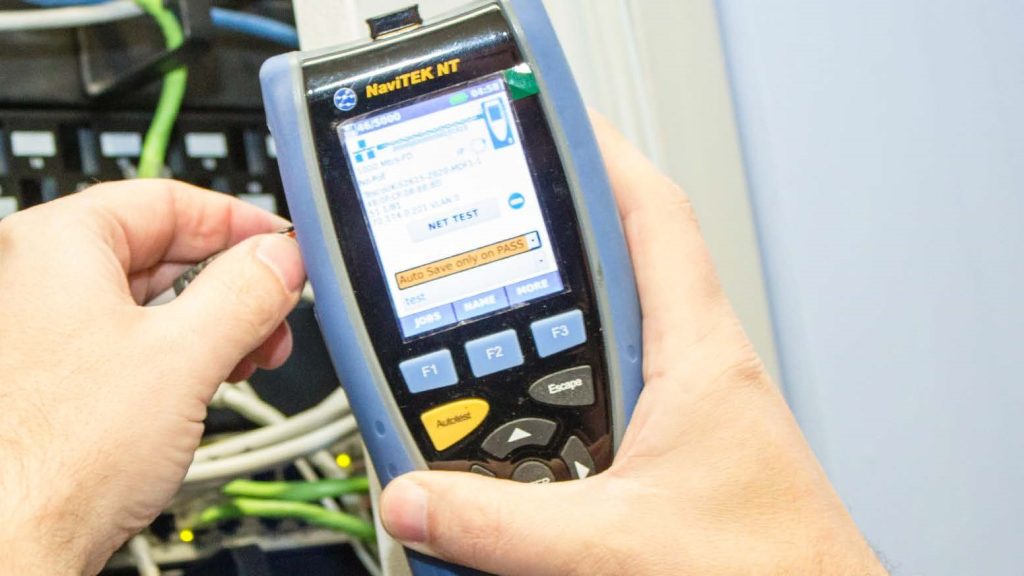Which LAN tester should you choose?
By Dan Barrera, Global Product Manager from TREND Networks
LAN cable certifiers are the go-to method of testing twisted pair cabling. But what is the difference between a certifier and other types of LAN testers? And which should you choose?
Put simply, the first two elements of a LAN cabling system are the cable and the connectors. The third is the installation of those elements in the field, and this is what LAN cable certifiers test.
When to choose a certifier
Quality connectors and cable will provide their advertised performance when properly installed in laboratory environments, but installation in the field is very different to installation in a laboratory. Therefore, to ensure that the individual quality components form a completed, quality cabling system, installers need to test the performance of that cabling in the field.
There are also cabling standards to consider. The two main standardisation bodies that define LAN cabling specifications are the ISO/IEC with the 11801 series standards and ANSI/TIA with the 568 series of standards. These define performance requirements for components, cable and cabling.
The cabling standard is a consideration for field engineers testing installed cabling and defines the required performance of completed links and channels when connectors and cable are installed in the field. This is critical because the link and channel performance is what determines whether networking equipment will operate properly, and provide the advertised bandwidth.
What is a cable qualifier?
Unlike cable certifiers, which are developed in conjunction with the performance requirements for cabling, cable qualification has no defined tests, performance or accuracy specifications in the standards organisations. Qualification is left up to the manufacturer of the LAN qualifier to decide what to test, how accurate the instrument is and how to report the results.
The problem with this is that the results from one brand of qualifier cannot be compared to another. Plus, without a definition for pass/fail limits, what does it mean when a qualifier “fails” a cable? For these reasons, no major cable or connector manufacturer will accept test results from a qualifier for their cable certification or warranty programmes.
Qualifier or Certifier?
It is not always easy to tell whether a tester is a qualifier or a certifier. However, as a certifier must meet certain criteria it can be easily identified by the following features:
- It meets ISO/IEC 61935 and TIA 1152-A accuracy requirements
- It has ETL Level III/IIIe for up to 500Mhz or Level V for up to 3000 Mhz for verified accuracy
- It measures NEXT, ACR-N and DC Resistance, Return Loss, Insertion Loss and ACR-F
- It specifies a test frequency range of at least 500 MHz
Certifiers are the best tool to guarantee installed cabling meets the stringent performance requirements defined by the ISO/IEC and ANSI/TIA standards bodies. They find faulty components, sources of installation mistakes, and help ensure that the materials are genuine products and not poor quality.
Where do cable verifiers come in?
Different testing equipment is used to test the different layers that define an Ethernet/IP network. Layer 1 consists of the physical electrical/optical signalling and cabling components that connect devices on the networks.
For layer 1 cabling a verifier is often used to test whether cable and terminations have been installed correctly. Cable verifiers test the electrical continuity of the cabling between two specified points to check for shorts, opens, crossed and split pairs. They are an inexpensive and invaluable part of a technician’s kit. Since more than 80% of all network problems can be traced back to a physical cabling fault, cable verifiers should be used to test every link after it is terminated.
However, remember! Where a cable manufacturer warranty is required, a cable certifier is necessary as it uses radio frequencies on the cabling to measure performance to international ISO and TIA standards, providing a pass or fail result.
What about testing on Layer 2 or 3?
Layer 2 testers check the performance of cabling and Ethernet switches by counting frame loss of actual network data, often called a data transmission test. Unlike a Layer 1 qualifier, a Layer 2 tester is not measuring electrical parameters of the cabling, it is measuring the successful transmission of data across a cable or through a network. For this reason, a data transmission tester is used.
Layer 3 testers are similar but check the performance between different networks through routers and Layer 3 switches by counting packet loss of actual network data.
Where cable manufacturer warranties are not required, a transmission tester is a cost-effective way of proving your copper and fibre networks provide error-free performance to the IEEE802.3ab Gigabit Ethernet standard.
For more information on the right choice of tester for your needs, visit www.trend-networks.com






